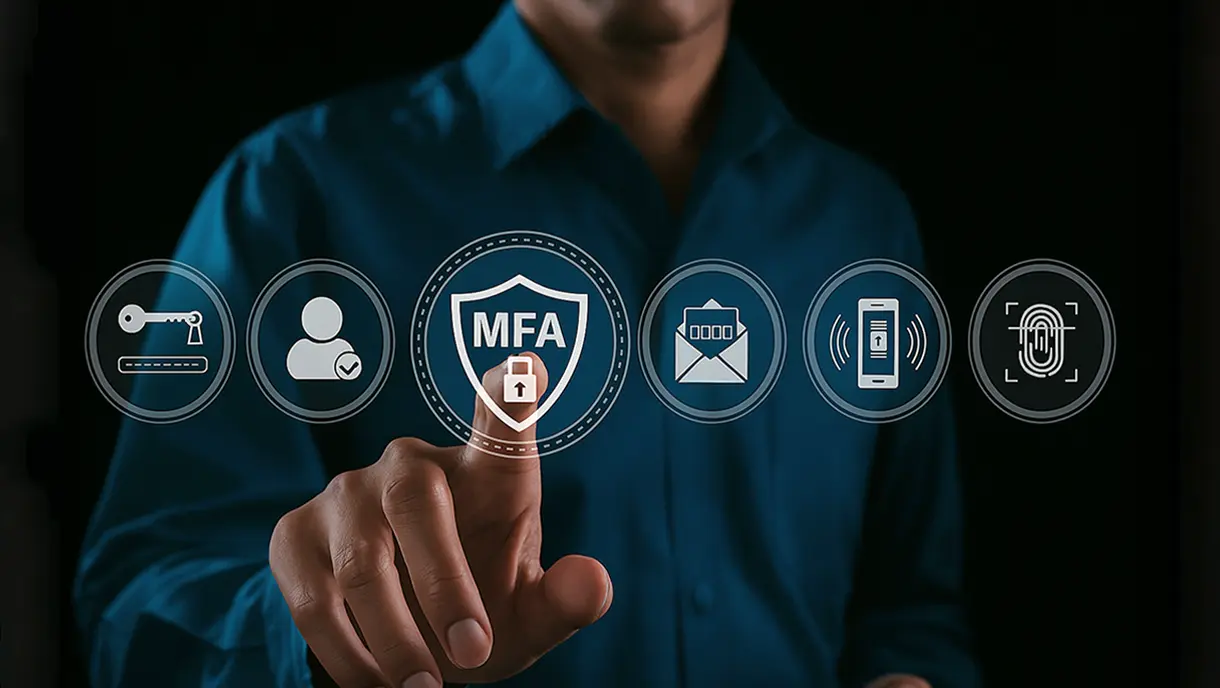7 Steps to ensure data protection and privacy of your employees
This blog explores the essential steps employers must take to protect the data and privacy of their employees, especially in an era of remote work and rising cyber threats. It outlines seven practical strategies, including securing IT systems, using VPNs, protecting home networks, and implementing robust authorization measures. Learn actionable methods to create stronger data policies, safeguard sensitive information, and foster a workplace culture committed to cybersecurity.

Employers have a duty to secure employee data stored, and the role of HR in safeguarding workers' information cannot be emphasized enough. This division holds confidential personal information, such as Social Security numbers, bank information, health records, and addresses. Statista reports 817 data breaches in the United States during the first half of 2022. In addition, data compromises, including data breaches, leaks, and exposure, harmed nearly 53 million people within the same period.
With the rise of remote work, there are fewer protections in place, making it easier for cybercriminals to exploit vulnerabilities. To secure data, data protection systems use technologies such as Data Loss Prevention (DLP), secure storage, firewalls, encryption, and endpoint security.
Here are some ways to ensure both your business and employees benefit from effective data protection.
Personal information in IT development and training
Including employees' personal information in training materials can violate data protection laws, so seek guidance from the Data Protection Department if necessary. The same security measures should be applied to both in-house and third-party IT system development and testing environments. It is important to exercise caution when sharing commercially sensitive information, such as financial data, to the public.
Update your antivirus software
Restricting network access to authorized devices is easier when all employees are located in the same place. Enforcing an IT policy that prohibits downloading or installing certain software can help prevent potential network threats.
Having everyone connect to the network and access data through a secure channel gives peace of mind.
When working remotely, all employees must have current antivirus software on their devices to reduce the risk of malicious software and hacking attempts.
Deploy a VPN
Users who access public Wi-Fi or an unverified network can greatly benefit from using a Virtual Private Network (VPN). A VPN protects your online activity by encrypting all your data and routing it through a secure server, keeping it hidden from prying eyes.
A VPN creates a secure and private tunnel for your online traffic, which is cost-effective and easily set up on any internet connection, making it suitable for enterprises of any size.
Protect your home routers
Many people neglect to set strong passwords for their Wi-Fi networks, leaving it open for unauthorized access.
Without a password, all data transmitted and received, websites visited, and passwords entered are visible to anyone monitoring the connection. Another common mistake is securing a network using the default login and password provided by the router's manufacturer, which is easily accessible to hackers who search the internet for these default settings.
It is important for anyone who uses their own router to connect to the office network or access company data to take the necessary steps to secure their router. Changing the login credentials in the router's settings is a simple process that everyone should undertake.
Make use of internal methods of communication and data storage
Critical business resources are often stored in the cloud and can be made secure for your organization. The system administrator can manage access to information and create accounts for all employees.
The solution enables remote workers to work together as if they were in the office, sharing files and collaborating on projects with their on-site colleagues. It is recommended to utilize paid business resources or applications instead of free versions for enhanced security during collaboration.
Validation and authorization
These controls validate user identities and ensure proper authorization, often through role-based access controls and identity management solutions. Securing the device, whether in a public place or at home, is crucial and can be accomplished with password protection and multi-factor authentication like fingerprint scanning to prevent unauthorized access to sensitive information or infrastructure.
Streamline your data policy
Data protection requires understanding what data you have, who is responsible for it, and where it is stored. Your policies should clearly outline the collection and usage of the data, including frequency of scanning and categorization once discovered. Your privacy policy should also specify necessary safeguards for different types of data and provide procedures for auditing protection measures to ensure they are properly implemented.
Businesses must safeguard the personal information of their remote workers. However, in many situations, employees are expected to use their judgment and discretion when interacting online.
Cybersecurity education can get everyone on the same page.
A business plan is a living document that lays out your goals and the steps you will take to achieve them. All company documentation should reflect a clear action plan against data protection. As soon as you have everything in writing, get employees on board about protecting user information with maximum vigilance. You can go through this together!






Get the latest updates! Subscribe now!




